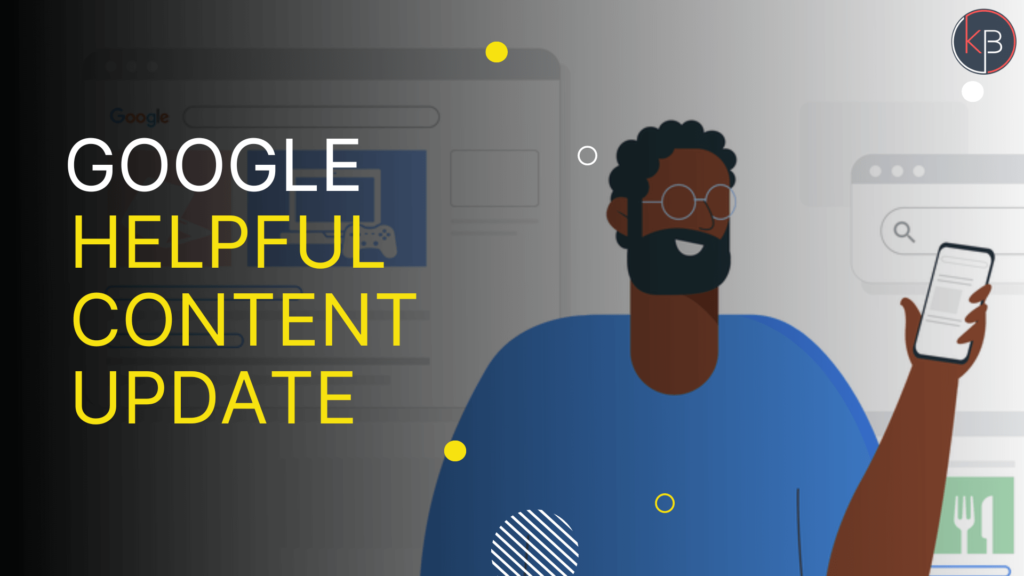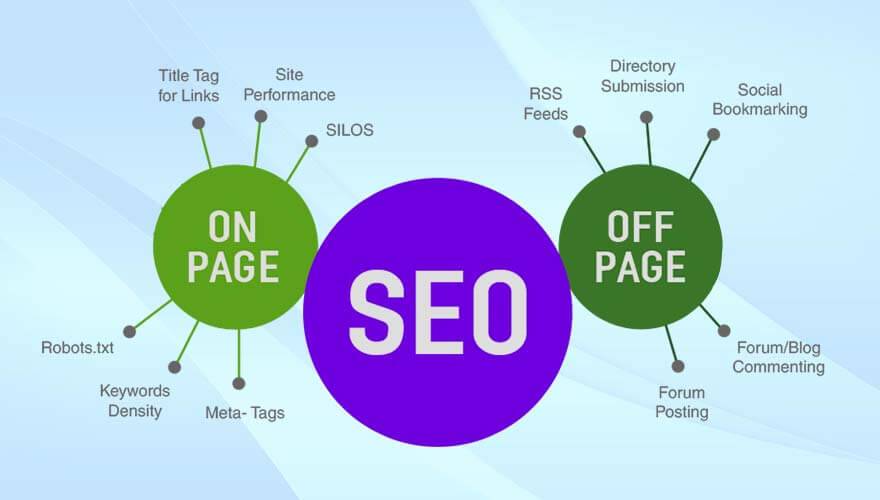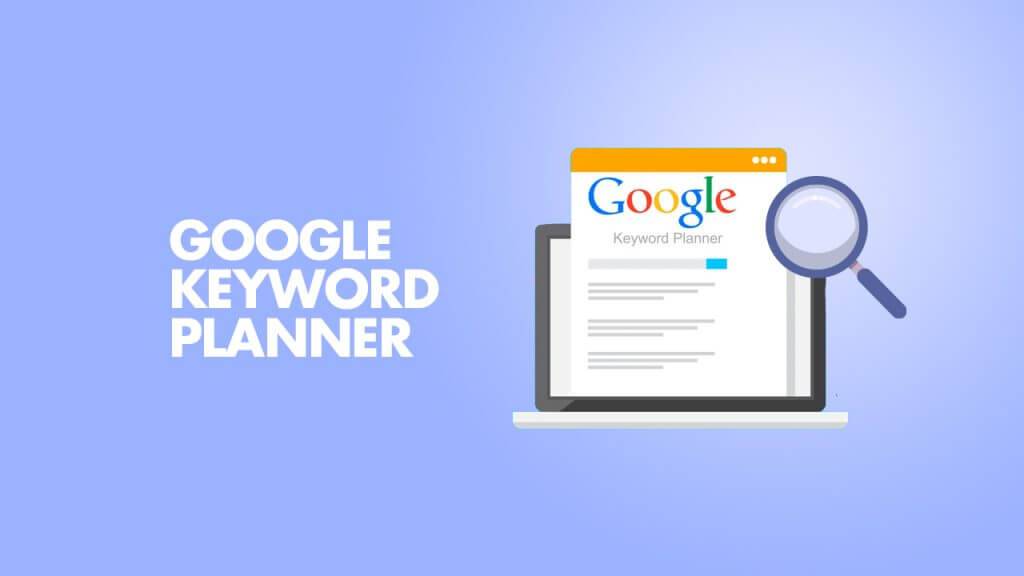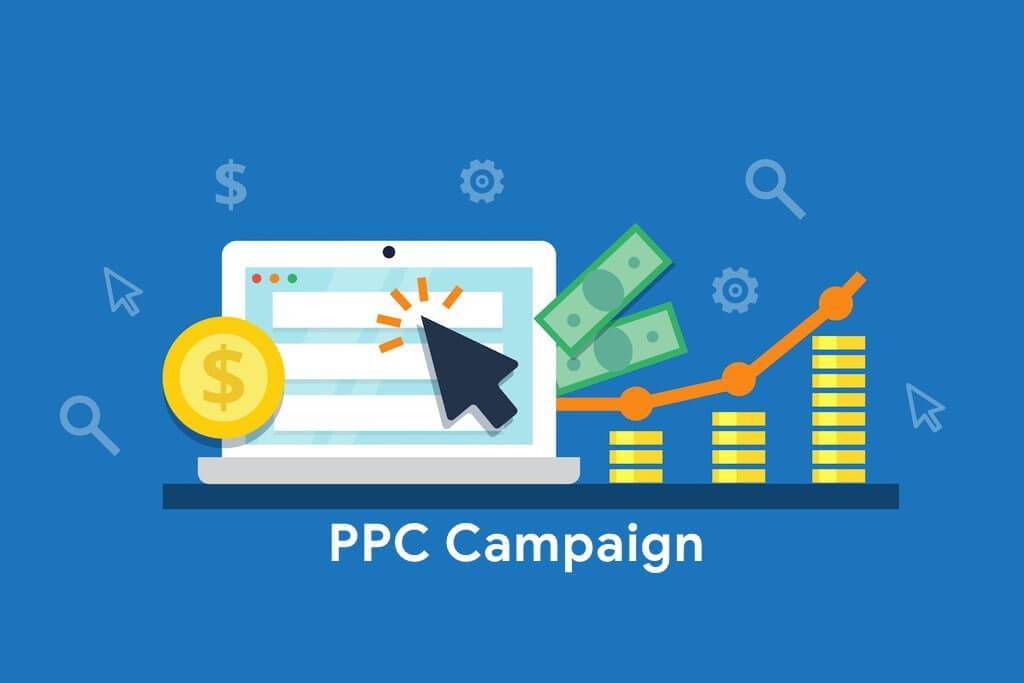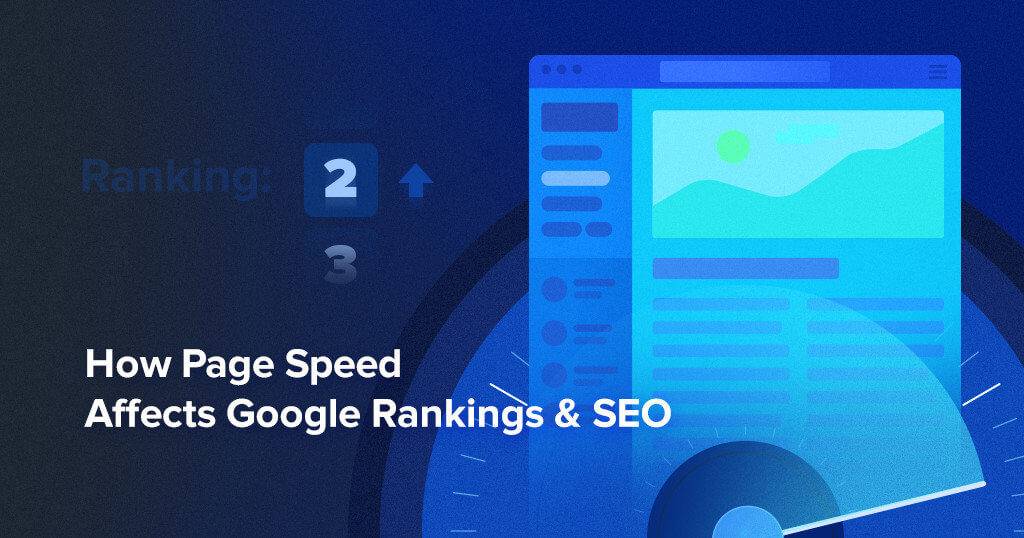This issue is addressed by Google’s most recent upgrade to its helpful content. The search engine intends to eliminate high-ranking yet unimportant material. The objective is to provide consumers with more fulfilling experiences by better matching them with high-quality content.
The implications of this upgrade for content producers will be discussed. After that, we’ll discuss how to deal with useless content and how to produce worthwhile content in the future.
What Is the Helpful Content Update from Google?
The fifth Google algorithm update of 2022 is now live. Google announced the changes to its helpful content strategy on August 18, 2022, and on August 25, 2022, they began to take effect. Instead of humans, the upgrade targets low-quality content marketing for search engines.
Google is targeting content that lacks knowledge, authority, or credibility (E-A-T). A search engine-first content could do well in SERPs and receive a lot of search traffic. However, it leaves the customer wanting more and compels them to keep clicking because it doesn’t provide a response to their query.
Google began using a site-wide ranking signal to implement the new upgrade. Websites with unhelpful content are categorised. This upgrade covers both current and new websites and doesn’t only refresh every now and then. A machine-learning model is used in the automated procedure. If the new signal deems your website to be unhelpful, Google warned that recovery won’t happen quickly. After you delete useless content or upgrade your content authoring for Google, ranking adjustments may take months.
Why Is the Update to the Helpful Content Important?
Your website won’t perform well in search results if Google’s classifier finds that it contains a lot of unhelpful content. Even if your website contains some useful information, it is irrelevant. The classification has an impact on all the website content. With every piece of content, Google exhorts authors to put users ahead of search engines. The Local SEO in India intends to provide more high-quality results that live up to user expectations by establishing this criterion.
How can content producers tell if their work is focused on humans or search engines? We’ll look at a set of questions released by Google in the following part. Your responses confirm whether you write content primarily for readers or search engines.
According to David Ramos, Sr., “I believe the distinctions between good UX (user experience) and good SEO (search engine optimization) are getting increasingly blurred, and this is a positive thing.” At AAA, a local SEO India analyst.” You’ll succeed if you create things that real people like. The most recent change merely moves us closer to our goal. To be sure the new Google change won’t harm your company, you must evaluate your website. Next, take steps to enhance or remove unhelpful content.
How Can I Tell if My Content Is Helpful or Unhelpful?
Helpful content offers value and fulfils user curiosity. It is unique and wasn’t assembled from several sources. Unhelpful content simply repeats what has already been said. It lacks a point of view or distinctive viewpoint and leaves blanks for the user to fill in.
You can either make it more useful or remove it if the material on your website doesn’t align with search intent. Either move reduces the likelihood that Google will categorise your website and give your content a lower ranking.
Provide your responses to the following questions to demonstrate the value of your content:
- Do you now have or have a target audience that would benefit from your material if it were sent to you directly?
- Does your writing demonstrate a breadth of understanding and first-hand experience?
- Does the main goal or emphasis of your website exist?
- Does the consumer feel knowledgeable enough about a subject after reading your content to accomplish their goal?
- Does someone who consumes your content consider their experience to have been satisfying?
For more details, contact https://rsdigitalsolution.com/ website.


